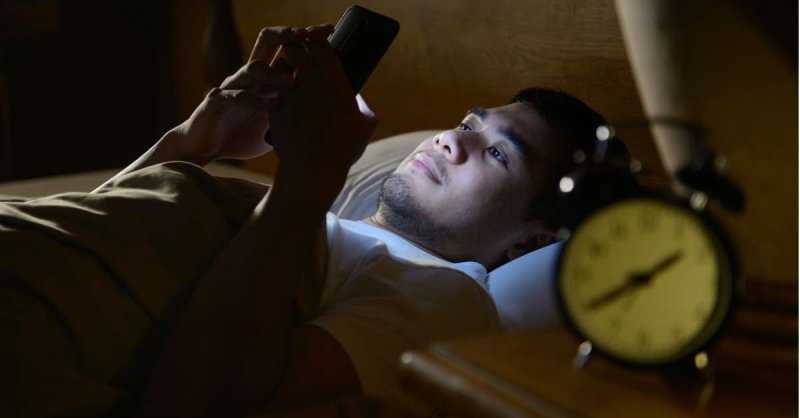People who only occasionally fall down an internet rabbit hole on their smartphones late at night might be able to rest easier—at least according to the results of a new study in mice.
…
The researchers used mice to study the circadian rhythm. In both mice and humans, the circadian rhythm is primarily controlled by the brain’s suprachiasmatic nucleus (SCN), a tiny region found in the hypothalamus.
…
So they bred mice that had light-sensitive nerve cells in the retina that were only capable of communicating with the SCN. Then they exposed these mice to light for short periods of time.
Because mice, unlike people, are nocturnal, the light should have made them want to fall asleep. But they instead just carried out on with their day, sleeping and waking as normal.
…
What this could mean, according to the authors, is that our brains respond to acute light—meaning brief exposures to light—through a different neural pathway.
…
“If these two effects—acute and long-term light exposure—were driven through the same pathway, then every minor light exposure would run the risk of completely shifting our body’s circadian rhythms,” [researcher Tiffany] Schmidt said.
Read full, original post: Checking Your Phone at Night Won’t Necessarily Throw Off Your Internal Clock, Mouse Study Finds































